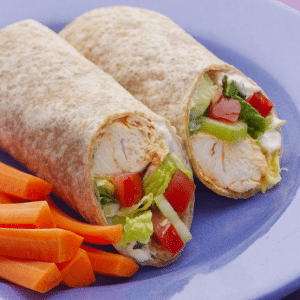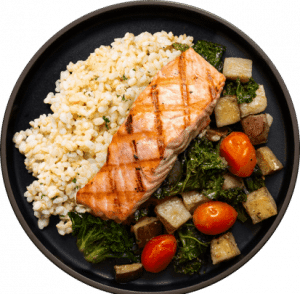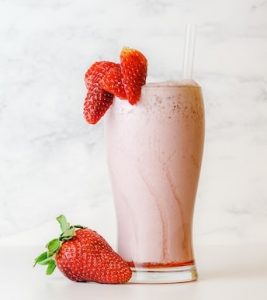Nutrition for Performance – Recovery nutrition
A good recovery strategy helps you replenish glycogen stores, promote repair and adaptation of the muscles and replace fluid losses from exercise so you are able to train well in your next session or, in other words, your performance capacity returns to normal or becomes even better.
Optimal recovery nutrition can be summarised by the 4 “R”s
Rehydrate
The amount of fluid you lose during exercise will depend on training intensity, how long you train for, heat/humidity when you train and how much you sweat. After exercise you need to immediately start replacing water and electrolytes, especially sodium. You don’t need to use commercial electrolyte drinks as sodium can be provided naturally in foods eaten alongside drinking water or in fluids such as milk. Drink little and often until your urine runs clear to pale straw in colour.
Refuel
To replace the glycogen (carbohydrate stores) in your liver and muscles that have been used in training eat easily digested carbohydrate rich foods in your meals and snacks for 4-6 hours after exercise. Complete muscle glycogen synthesis takes longer than 24 hours, but a significant increase in stores can be achieved in a 4-6 hours window after training, which is important if you are training twice a day. As an approximate guide a third of your meal needs to be a carb-rich food such as bread, pasta, rice, potato.
Repair
Contrary to popular belief protein is not essential in the short term acute recovery phase, but it does play a large part in long term recovery and adaptation to training the muscles. By including 20-30g (for adults) protein in each meal through the day you are stimulating muscle protein synthesis that supports repair and adaptation of muscles ultimately increasing strength and power.
Rejuvenate
Your body needs vitamins, minerals and healthy omega-3 fats for repair & reducing inflammation. Choosing whole foods rather than sport products delivers more than just carbohydrate and protein, which supports the recovery process.
What does this look like in practice?
Normal foods and fluids are effective at supporting recovery. Most people train before a meal time, for example before breakfast, at lunchtime or early evening. If this is the case, just ensure you have a well-balanced meal after exercise that includes a high quality protein (soya, meat, fish, dairy), a fist-sized portion of starchy carbohydrates and fruit, vegetables or salad to support recovery and health. There is no need for most people to use commercial recovery products such as bars or shakes for recovery, although at times these can be the convenient and practical option.
Try the following recovery meals and snacks:
– Poached eggs on toast with spinach and tomatoes
– Muesli or homemade banana pancake with Greek yoghurt, honey and fruit
– Homemade banana milkshake with low fat Greek or strained yoghurt and honey
– Fruit salad and Greek yogurt
– Tuna on crackers and a banana
– Tofu and veg stir fry with rice
– Lentil or lean meat Bolognese with pasta and salad
– A 2 or 3 egg omelette with jacket potato and salad
There is also a 5th “R” in recovery and that is rest. This is when the physiological adaptations to training occur, making you fitter and stronger. It also helps prevent overtraining and injury. So it is important not to neglect this essential aspect of your recovery plan!
Click here to see all the articles in the series
Catherine Voyce
August 2022



